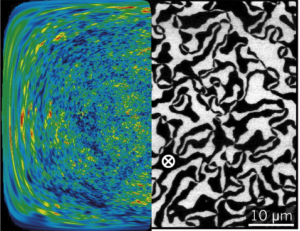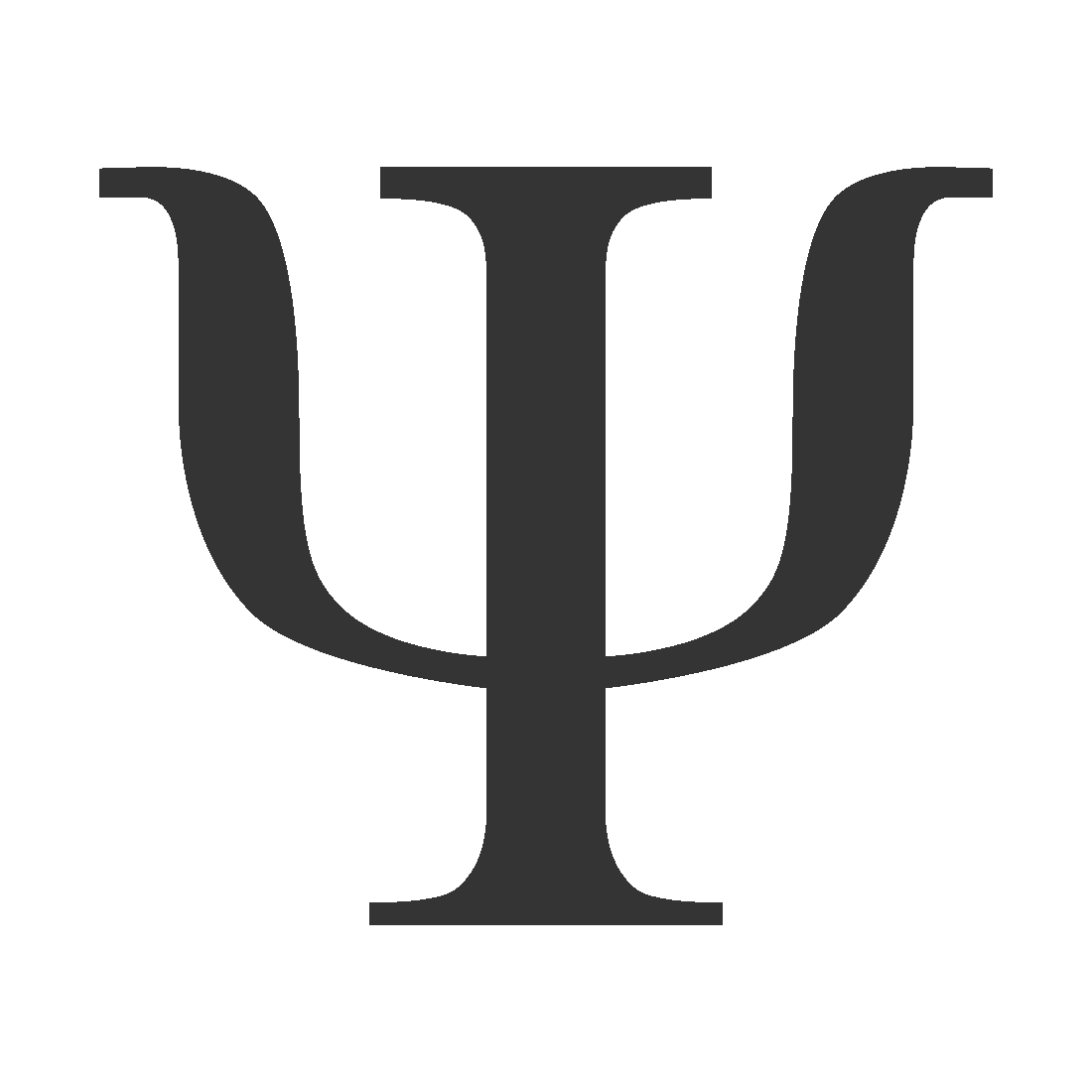
Left: Cosmic microwave background radiation. Right: Ferroelectric domain walls in yttrium manganite imaged using piezoforce response microscopy (PFM).
Many high-energy theories require large, expensive equipment like the Large Hadron Collider at CERN to test their predictions. Furthermore, some would require us to repeat the Big Bang in the laboratory – an impossible task. We found that a class of multiferroic materials are apt for exploring an early-universe theory, the Kibble-Zurek mechanism, in the laboratory
This theory describes the formation of topological defects during a phase transition. It gives the symmetry requirements for the formation of these defects, which include zero-dimensional monopoles, one-dimensional ‘cosmic strings’ and two-dimensional domain walls. The Kibble-Zurek mechanism further puts a quantitative estimate on the number of these defects that are formed during a phase transition, which scales with the critical exponent of the universality class of the phase transition.
In collaboration with Manfred Fiebig’s group at the ETH Zürich, we verified the Kibble-Zurek scaling for the first time in a crystal. We found that the intriguing six-fold domains are set by the formation of topological defects at their meeting points. These defects can be directly imaged owing to their ferroelectric properties – the black and white domains in the image correspond to domains with opposite polarization – which can be imaged using piezoresponse force microscopy.

